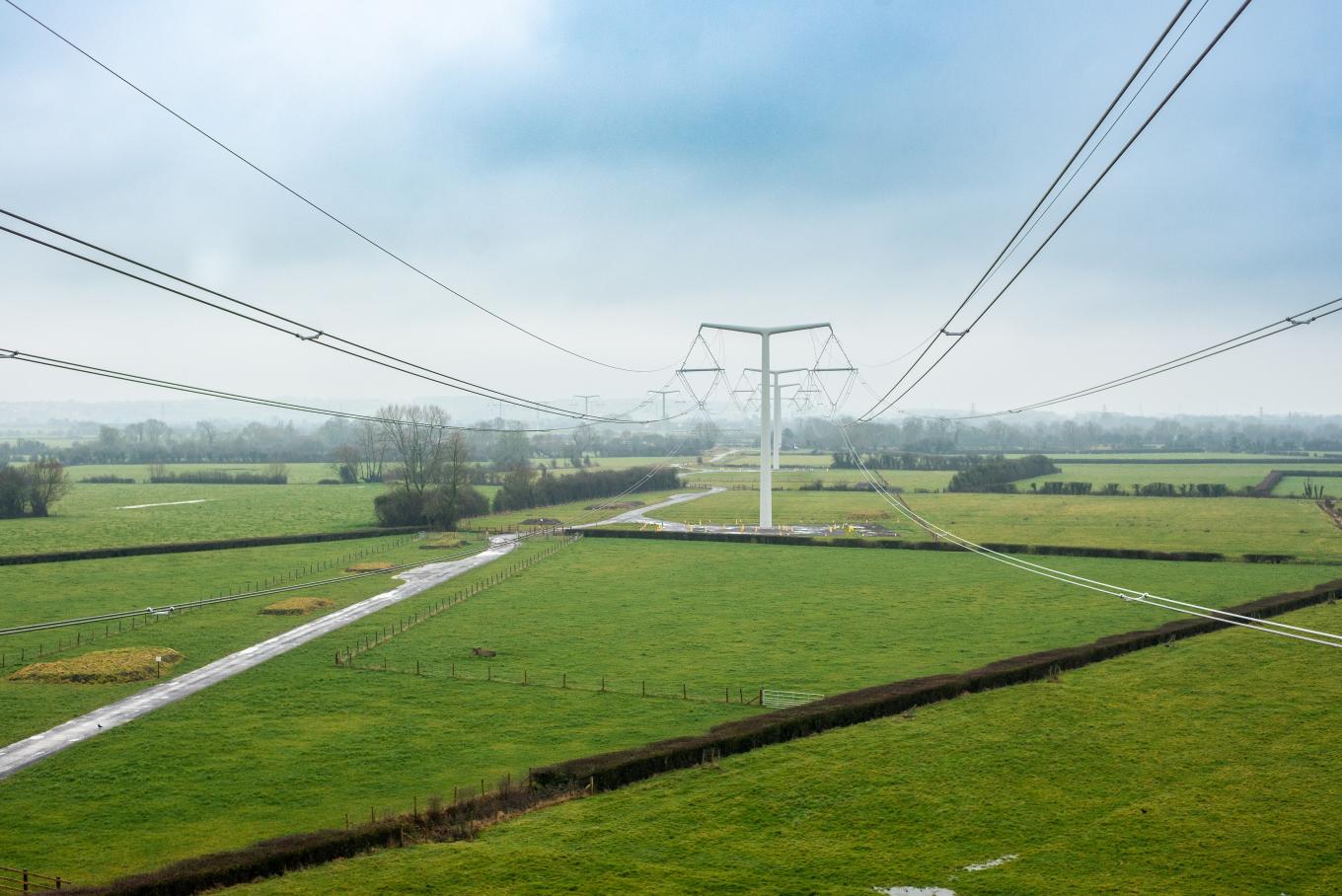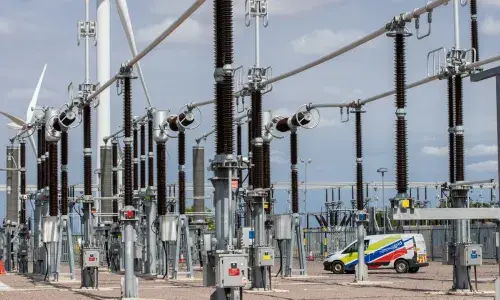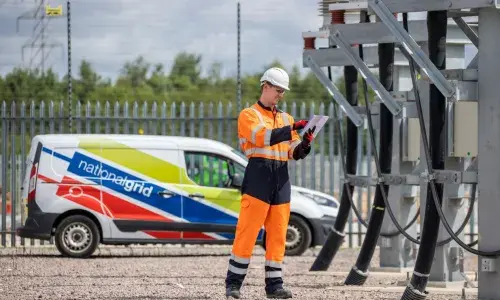
Reflections on 2022 – another year of progress
Alice Delahunty, President of National Grid Electricity Transmission shares her reflections and highlights of the last year.
As the year draws to a close, it is a good time to pause and reflect on the year that’s been and to look ahead at the one to come.
2022 has seen significant upheaval in the global energy market which has had knock on effects on the energy system, and ultimately on the bills of consumers too. Despite this, in many ways our focus remains the same – delivering a clean energy transition is the surest route to long-term security of supply, energy resilience and affordability
Teams across our entire organisation have been working hard to accelerate progress towards net zero, at the same time as continuing to deliver a safe, secure and reliable network. It’s very difficult to pick out the key highlights from the last year (just last week Ofgem confirmed NGET will deliver a series of major network reinforcements), but I mention a few below.
Thank you to all who will be on standby or working safely and diligently throughout this holiday period to keep the lights on.
I am confident that 2023 will be another exciting year, and we will continue to face our challenges with our dedication to deliver net zero and enable a clean, fair and affordable energy future for our communities.
We're continuing to invest in and expand our network
- We’ve continued to develop our proposals for the major infrastructure needed to help to connect more offshore wind power and meet the UK’s net zero targets. We have submitted our planning application for Yorkshire GREEN, and local communities were given the opportunity to provide feedback on proposals for three electricity infrastructure projects in East Anglia: Sea Link, a subsea electricity cable between Suffolk and Kent, East Anglia GREEN, a new high voltage network reinforcement between Norwich, Bramford and Tilbury, and the Bramford to Twinstead reinforcement, all of which will help carry more renewable and low carbon power across the country.
- We’ve wired up 36 of our world’s first T-pylons, part of the Hinkley Connection project which is connecting six million homes and businesses to low-carbon energy. The Hinkley team have also energised Shurton substation in Somerset, with the energy running through it supporting Hinkley Point C nuclear power station’s programme of works in readiness for the connection of its generators in future.

- The London Power Tunnels project celebrated a key landmark as ‘Christine’, one of National Grid’s four Tunnel Boring Machines (TBMs), completed its 7km journey across South London. Completion of the first of five drives for the TBMs, from Hurst to Eltham, marked a significant milestone for the £1 billion project to rewire South London and construct 32.5km of tunnels between Wimbledon and Crayford. These works are vital for the future of London’s electricity supply, keeping the lights on well into the future.
Accelerating customer connections
- We’re working hard to speed up the process for customers wishing to connect to our network. Working with Ofgem and the ESO we’ve begun exploring reforms and new initiatives to make the necessary changes to quickly connect more low carbon power. In addition, work began on our Sundon ‘grid park’, which when energised in 2023 will be an innovative, efficient new way to connect renewables to the electricity transmission system. The new grid park will connect three separate customers to the same new supergrid transformer.
Enhancing the natural landscape
- Two of our Visual Impact Provision (VIP) schemes reached the final stages of completion with the removal of 22 pylons and 8.km of wires in Dorset and 7 pylons and 1.5km in the Peak District, to enhance the landscape. Part of the Going Underground project, the schemes are one of the first in the world to remove existing high-voltage electricity transmission infrastructure, which has been in place since the 1960s, and replace them with underground cables, solely to improve the landscape.
Innovating to boost the capacity of our network
- Our trialling of LineVision’s Dynamic Line Rating (DLR) technology has proved its potential to unlock enough capacity on the transmission system to power more than 500,000 homes. The new technology could also reduce bills for consumers with savings of £1.4 million in network operating costs per year estimated based on the trial’s initial findings.
Reducing our emissions
- We became the first individual business unit within National Grid to have our emissions targets approved by the Scienced Based Targets Initiative (STBi). These include a 34% reduction in emissions by 2026 and a 50% reduction by 2030, which when realised, will be significant milestones in achieving our net zero ambitions. This financial year, we’ve achieved a 16.4% reduction in our scope 1 and 2 emissions and have delivered a 15.7% reduction in harmful sulfur hexafluoride (SF6) from a 2018/19 baseline.
Caring for communities
- We have continued to support the communities in which we operate, partnering with charity organisations and encouraging our employees to support social, economic and environmental development. For example, this year, our London Power Tunnels project continued to encourage students from socio-economically disadvantaged backgrounds across South London into Science, Technology, Engineering and Maths (STEM) focussed careers, as part of a five-year educational outreach programme. The scheme, launched by National Grid in 2020 in collaboration with talent specialist Connectr, has engaged 50,000 students in total in only its second year, in some of the capital’s most deprived areas.
Watch related video

